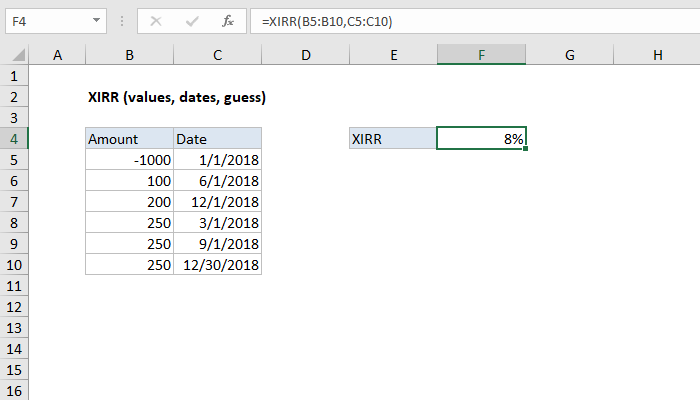

Apart from that, it can handle smooth nonlinear and non-smooth problems. The Excel Solver add-in is especially useful for solving linear programming problems, aka linear optimization problems, and therefore is sometimes called a linear programming solver. It is primarily purposed for simulation and optimization of various business and engineering models.

#Solve equation systems in excel how to

Step-by-step examples show how to use Excel Solver to find optimal solutions for linear programming and other kinds of problems.Įveryone knows that Microsoft Excel contains a lot of useful functions and powerful tools that can save you hours of calculations. I found the Applied Partial Differential Equations book cited earlier in this recipe very readable and comprehensive in its coverage of the finite difference method to elliptic, parabolic, and hyperbolic problems.The tutorial explains how to add and where to find Solver in different Excel versions, from 2016 to 2003. Consult your favorite numerical methods book for more information. The body of literature covering finite difference methods is vast. In these cases, it's usually more efficient and easier to use iterative methods to solve the system. In this case, with such a small number of equations, you can use matrix formulas discussed in Recipe 9.4 to solve for the unknown u-values.įiner computational grids, or meshes, result in a larger number of nodes and thus a larger system of equations. Applying the above finite difference equation at each node would result in a system of four equations and four unknowns. It's this resulting system of equations that can be solved in Excel.įor example, a rectangular domain divided into nine equal-sized cells would contain four interior nodes where values of u are sought. In any case, writing this finite difference approximation at each node in the computation grid results in a system of equations that must be solved to find the u-values at each node. Typically, a ghost particle technique is used in the case of Neumann boundary conditions. Nodes adjacent to boundary nodes with Dirichlet boundary conditions will include the specified value at the boundary node. This equation must be satisfied at every node. Substitution of these finite difference approximations into the Laplace equation yields the following finite difference equation: Here, I'm assuming the node spacing is uniform and the same in both the x and y directions. Similarly, the finite difference approximation for uyy is: If we discretize the problem domain as describe a moment ago, then at each node illustrated in Figure 12-1, we can approximate the second partial derivative of u with respect to x using the following finite difference approximation: These finite differences could be forward differences, backward differences, or central differences, and they are used to approximate the derivatives appearing in the governing partial differential equations at each node in the computational grid. The governing differential equation is then written in terms of finite differences (see Recipe 10.6). The intersections of grid lines then represent computational nodes where the value of the function sought will be approximated. The basic idea of the finite difference method is to divide the problem domain into a finite number of cells, forming a grid. Paul DuChateau and David Zachmann, Applied Partial Differential Equations (Mineola, N.Y.: Dover Publications, 2002 originally published 1989 by Harper & Row). DuChateau and Zachmann give a pretty good introduction, with examples, on the application of the finite difference method to partial differential equations in their book Applied Partial Differential Equations. Virtually every book I've ever read dealing with partial differential equations covers the finite difference method to some degree. The finite difference method is a well-known and well-established numerical method suitable for solving partial differential equations.

Use Excel's matrix functions to solve the system of finite difference equations. You've formulated the finite difference equations for an elliptic boundary value problem and now you need to solve the resulting system of equations.


 0 kommentar(er)
0 kommentar(er)
